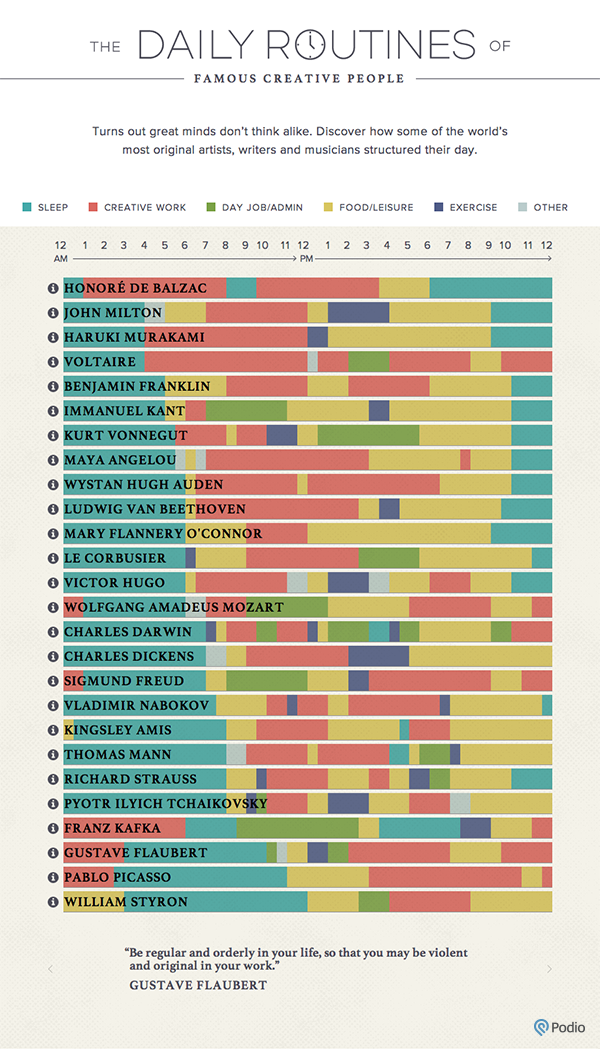
[ add comment ] ( 26 views ) | permalink |




 ( 3 / 2125 )
( 3 / 2125 )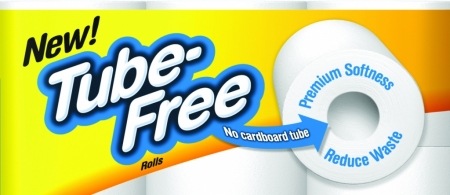
The biggest question we eco-practitioners get is: “What does the consumer really want?”
The answer is pretty simple: They want no packaging—but in a super-convenient, individually wrapped form. Um … right.
Consumers want convenience, tamper evidence and product safety, and they want the whole affair simply to disappear with little or no effort on their part once the product has been delivered.
Thoughtful consumers don’t want to be reminded of their excesses with more pictures of marine animals killed by eating packaging flotsam and jetsam, or to have to keep personally dealing with the trash that keeps appearing in their yards and parks.
Producers of packaged goods have to take it on themselves to think about what the consumer is really saying, and deliver the packaging we all really need. If you’ve been following the TerraChoice “Misleading Green Marketing Claims” studies over recent years,
it seems too many companies are still treating environmental attributes like buzzwords to be sprinkled around liberally.
In its 2010 study, only 4.5% of the claims that TerraChoice reviewed were accurate (up from 2% in their previous study).
On the other hand, TerraChoice’s “EcoMarkets 2009” report notes that more than half (56.5%) of professional purchasing companies have either a formal or informal sustainability policy.
So, the will to “do something” is certainly out there.
But it’s not enough to say your product does something—you have to be sure it really does it. And, most importantly, be sure that the intended effort really matters. For example, the recyclability of a material that never should have been produced in the first place is not really a plus point to celebrate, and consumers are realizing that fact.
As companies look to create real solutions rather than buzzwords in packaging form, third-party certifiers like TerraChoice’s Eco-Logo and the UL-Environment initiative are teaming up to help sort out what a real solution looks like.
Taking a life cycle approach rather than looking at a single attribute, they’re considering the entire system of consumer goods manufacturing.
This is actually a huge step toward finding long-term solutions.
And, by using the market to help drive change, certifications can realize changes faster than waiting for legislators who are often more reactive than proactive.
While the consumer might wish that those of us in industry can simply snap our fingers and make eco-happiness occur overnight, we all know it will take incremental changes both in technology and consumers’ habits to make change stick.
Our task is to keep plugging away and do the best we can to make only what we really need.
Having come a long way from using old-growth wood to trying to create more sustainable game-changing products, Kimberly-Clark has come very close to making no-package a reality.
The company’s new tubeless rolls of toilet paper can help make a dent in reducing the 160 million pounds of toilet paper tubes produced annually in the U.S. that are destined for the trash.
Eliminating the need for tubes altogether is a big deal, because, surprisingly, many curbside recycling programs do not process paperboard tubes.
The gains from this simple initiative include resource demand reduction, manufacturing efficiencies, lower transport energy use, and trash reduction.
One can see the simple question Kimberly-Clark may have asked themselves: Do people want tubes of toilet paper or do they just want to feel clean?
Wendy Jedlicka, CPP, is with Jedlicka Design Ltd.
(www.jedlicka.com),
[ add comment ] ( 106 views ) | permalink |




 ( 3.1 / 2146 )
( 3.1 / 2146 )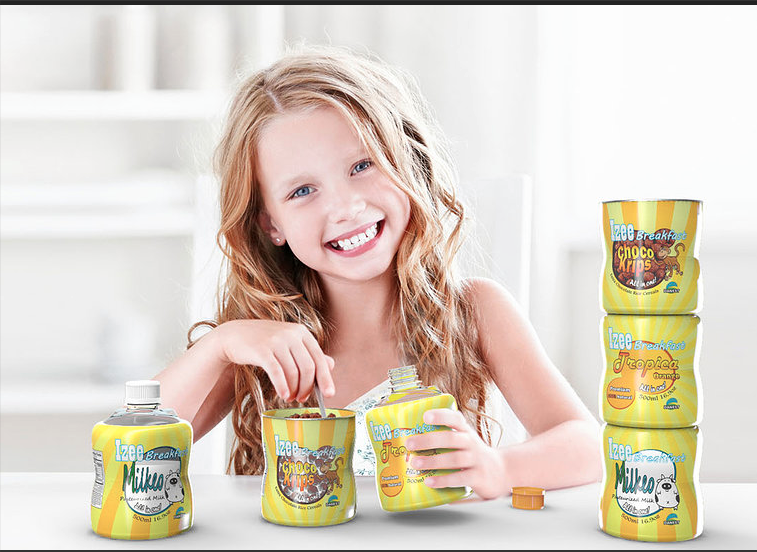
Bottleclips , patented and developed by BTC Concept company, is claimed to be the first stackable and lockable bottle launched on the market.
The bottle can be stacked and clipped to become a single packaging container , for example several different beverages.
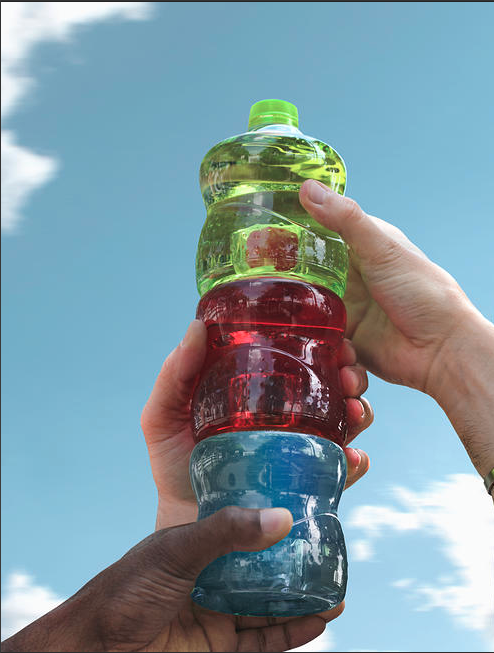
The Bottleclips concept was born from a simple question: How to save spaces in the fridge?
It was about filling a solution to optimize storage and fill spaces lost with conventional bottles,
Clipping bottles has emerged as e key feature which is practical and fun for use at home, at the office or when "on the go".
The main innovation at the heart of BottleClips is the "clipping system" that BTC Concept developed and patented internationally.
It is integrated to the bottle produced by injection blow moulding of PET, PE and PP.
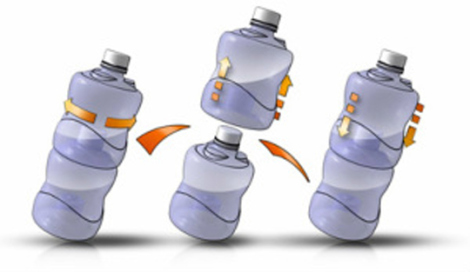
This new packaging concept is suitable for beverages and many other applications, allowing for the assembly of products, multi-brand or multi-flavours without overpack.
Thus, at the time of purchase, the consumer can customize the product by selecting, flavors.
The solution is adaptable and the volume of container can help be up to 1 litre with customizable shapes (identical or not).
[ add comment ] ( 382 views ) | permalink |




 ( 3 / 2227 )
( 3 / 2227 )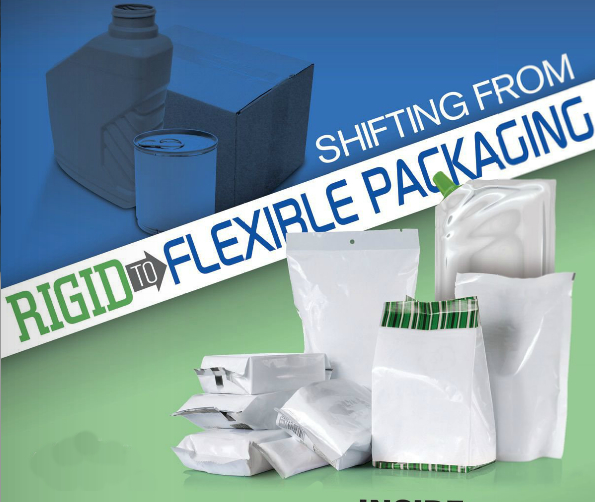
The way in which consumers view arid interact with packaged products is changing.
With a growing focus on convenience and sustainability, traditional pack types are being replaced by innovative and flexible options designed to meet these consumer needs.
The flexible packaging market is estimated to be worth $351 billion by 2018’ meaning that it is rapidly gaining market share from other sectors such as traditional rigid packaging.
There have been many exciting new product developments which have helped to demonstrate to consumers the true potential of flexible packaging.
Examples
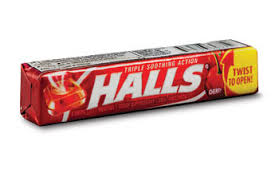
include the Halls "twist-off* Stick-pack converted by Sonoco & Co - a flexible package which allows one sweet to be dispensed without losing others - and the Savvy Green Laundry Detergent Pouch, which displays high-end graphics;and offers easy dispensation.
So, what sets these products apart from the rigid packaging we are more used to seeing on supermarket shelves?
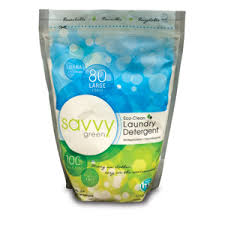
1. LIGHTWEIGHTING
The bottled water sector is a prime example of a market in which materials have gotten lighter and lighter overtime producing less waste.
However, manufacturers have now reached the stage where PET bottles cannot be made much lighter.
Therefore, the next step in this process is to replace plastic bottles with lightweight, flexible pouches.
This development has been gaining traction over the years, although widespread usage has not yet occurred. The primary reason for this has been issues with high-speed filling - while PET bottles can be filled at speeds of 1,500 packages per minute, the process of filling pouches fells behind at only 400 packages per minute.
However, some of the newer PET bottle-fiIIing technologies are designed to transport the bottle through the cycle via the neck, a breakthrough which will also allow the introduction of pouches using the same technology. This is forecast to occur as early as 2014’ and the use of pouches would allow water companies to reduce their packaging weight by 50%.
2. EASE OF DECORATION
Part of the total cost of any rigid package is the label, and these are applied as part of the filling process.
Labels are supplied from a different supplier than the bottles, meaning that they often become a bottleneck in the filling process.
With flexible packaging such as pouches, the converting of the pouch generally includes full printing features along with the lamination of the films if necessary.
This printing only marginally increases the cost of the pouch and has no effect on the filling process itself.
Printing options for flexible packaging are endless, and can be instantaneously changed if required
Another key decorating feature is the printing of security or brand identity graphics, which is just being developed for flexible packaging.
The challenge associated with this new technology is: how can security graphics be included in the packaging design without making it obvious to the potential counterfeiter? Solutions include pigment additives which only appear under certain lighting and inks which disappear and reappear depending on environmental conditions.
Such technology simply isn't possible with rigid alternatives.
3. BARRIER PROPERTIES
One of the main advantages of flexible packaging over rigid packaging is the ability of the company to "dial-in" the appropriate barrier for the product and end-use.
Many products, such as juices, wines and milk, require a reasonable oxygen barrier.
Bottles made from PET, glass or multi-layer paperboard laminates provide a barrier for all products whether it is required or not.
A flexible package can be supplied with barrier properties which can provide anything from moisture and aroma protection to essentially tine same barriers as glass. Aluminium foil has been used for many years as the ultimate flexible barrier material, although its properties are compromised by the most recent flexible packaging developments, such as stand-up pouches.
When creased in this way the foil can fracture, leading to pinholes which let in oxygen, water and light.
To combat this, new flexible materials such as styrene-acrylonitrile (SAN) have been developed as foil-replacement. SAN is tough even in thin layers, and recent production methods have improved the flexible properties of this resin.
4. PACKAGING VARIATION AND DISPENSING
Packages made from flexible plastic films can be made into practically any shape imaginable, and the inclusion of handles, fitments and opening features is quite straightforward.
Today's pouches often have advanced dispensing functions such as screw-top caps and laser-scored tear features.
Flexible packaging can also be used to enhance rigid packs; an example being shrink labels used for plastic bottles. These labels not only provide attractive decoration features, but also additional levels of barrier protection against oxygen or light.
Other key technical developments include fitments for use with flexible packaging for liquids, with traditional dispensing taps leading to connecting valves, one-way dispensers and pop-up straws.
Connecting valves allow consumers to connect a pouch with dishwashing soap directly to the appliance, so the proper amount of detergent is dosed every cycle and no clean-up is required.
5. LARGER SIZES
As technology has improved, the flexible packaging market size has increased and the ability to produce packaging of ever-larger sizes has become possible. Larger retail flexible packages are now becoming the norm as consumer packaged goods and retail outlets alike take advantage of larger-format packaging. For example, the classic paperboard carton and unprinted flexible liner used for dry cereals is rapidly being replaced with flexible pouches incorporating high-end graphics and easy to reclose features. These packages are typically much larger.

Kraft Food's YesPack for salad dressings and other condiments recently won gold at the Global Packaging Association Awards.
Incorporating many of the benefits of flexible packaging into a large format package for food-service liquids, the pouch makes it easy to dispense product, and makes sure every last drop is utilised.
We can expect to see many new types of pouches being introduced for large format liquid packaging as consumers better understand the benefits and converters develop new technologies to their fullest.
From Smith Pira Report
"The Future of Global Flexible Packaging to 2018"
[ add comment ] ( 37 views ) | permalink |




 ( 3 / 2191 )
( 3 / 2191 )
Packaging plays an important role on the Web. Here are five principles for success.
How does our packaging look and work online?” It is a question that we’re hearing more often from our clients, in categories ranging from diapers to dog food. And certainly, it is a relevant issue, given the growing impact of Web-based shopping — and shoppers’ increasing tendencies to do “homework” online prior to visiting the store.
PACKAGING’S ROLE IN ONLINE SHOPPING
With that thought in mind, Perception Research Services (PRS) recently conducted a series of in-depth interviews to observe and discuss online shopping for health and beauty products (such as vitamins, OTC medications, cosmetics, and hair and skincare products). The research process included using PRS Mobile Eye-Tracking to document what these shoppers did — including what they saw and missed — as they went through typical online shopping trips. Afterward, we conducted follow-up interviews to better understand their thoughts and reactions.
Overall, we found that packaging plays a very important role in the Web-based shopping experience, albeit in ways that vary somewhat from the brick-and-mortar world. This is due to several key factors:
1. The different stages of the Web-based shopping experience
Web-based shopping has several distinct phases (search and “de-selection,” product comparison/selection, confirmation and fulfillment) that place different demands on packaging.
* In nearly all cases, the package is a vital tool in the search and “de-selection” process, as initial searches inevitably lead to a myriad of items to consider — and online shoppers usually rely on packaging images for brand identification and product confirmation.
* Later, once shoppers form a smaller consideration set, the package also plays a central role in product and brand comparisons, which often take place across screens and/or websites. While the Web allows for additional information delivery (beyond the pack), our eye-tracking research reveals that shoppers typically rely on the pack for feature and benefit communication.
* Once shoppers place a product in an online shopping cart, we see them frequently double-checking the pack to confirm correct product selection, prior to the final purchase.
* Finally, with online shopping, packaging also plays an important role in the fulfillment process. When the product arrives at home, the package reassures the shopper that it is genuine (not a knockoff). Thus, in addition to providing product protection, the outer shipping container can be valuable as a branding and marketing vehicle. In fact, it can also add value to the online shopping experience by sharing additional information, product samples, etc.
2. The lack of shelf context
In some ways, the package may be more critical online, because there’s a more level playing field than in physical stores: Both big and small brands are typically represented by one SKU — and larger brands find it harder to create billboards that dominate shoppers’ attention and become self-fulfilling in maintaining their category leadership.
In addition, because Web-based shoppers typically see only one SKU at a time (rather than a larger brand at shelf), they often struggle to find a particular variant within a line (form, formulation, scent, etc.). In fact, we find that some shoppers simply purchase the first variant they encounter, without realizing it isn’t their usual variety.
3. The lack of tactile interaction
Because shoppers can’t physically pick up packages — and small packages often look similar to larger ones in an online context — shoppers have difficulty gauging product quantity, particularly when quantity information is not always readily apparent. Predictably, this sometimes leads to price/value concerns, as shoppers focus on price alone.

FIVE PRINCIPLES FOR ONLINE SUCCESS
Given the uniqueness of the online shopping context, marketers and designers will be well-served to keep several core objectives in mind as they develop and adapt their packaging for the Web:
1. Foster brand recognition. Create a distinctive and memorable set of visual equities, via the package shape, color and/or graphic elements, to foster immediate brand recognition online.
2. Support a quality impression. Utilize high-resolution digital images of the package, to promote a quality brand/product impression. Also, remember to display the packaging (primary and/or secondary) that is most important to shoppers.
3. Clearly convey quantity. Use simple and legible copy, particularly related to size/quantity, to ensure the right price/value perception.
4. Facilitate product comparisons. Find ways to quickly show the relevant product range, so as to help shoppers pick the right product for them.
5. Add value with the shipper. Use the outer container to provide brand reassurance and add value at the fulfillment stage.
By following these principles and understanding the online shopper, companies can help avoid potential barriers to purchase, create stronger synergy between online and in-store efforts, and position themselves to “win at retail” in this growing channel.
Edit by Brand Packaging
Jonathan Asher
April 6, 2014
[ add comment ] ( 52 views ) | permalink |




 ( 3 / 650 )
( 3 / 650 )

 Calendar
Calendar